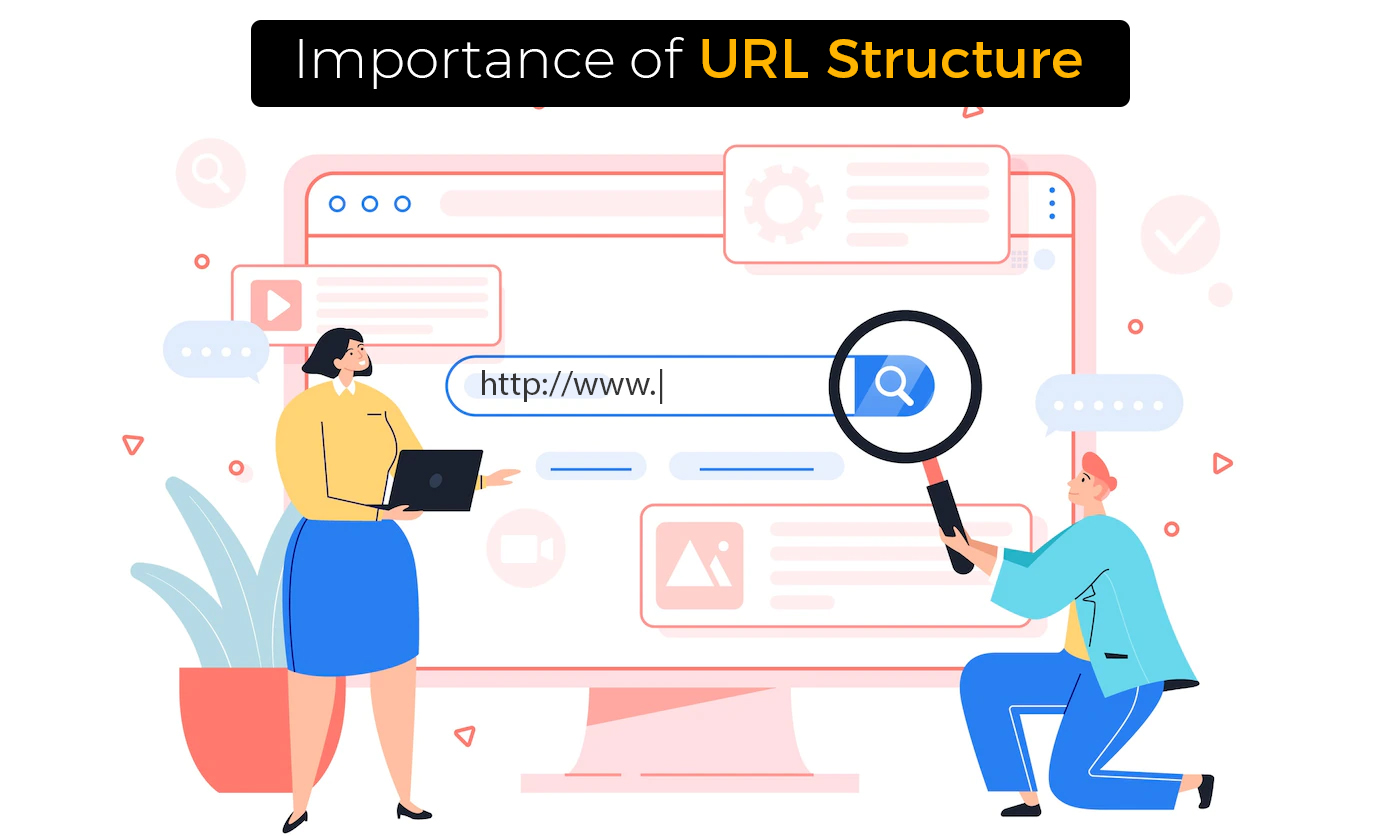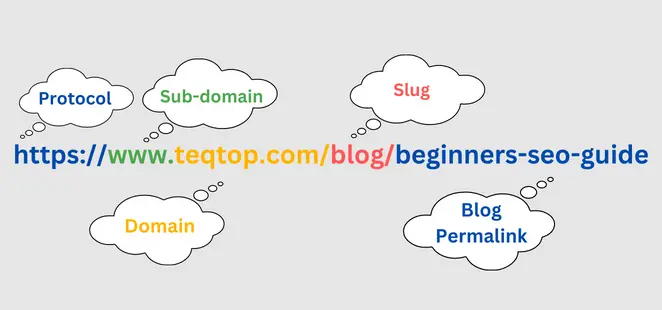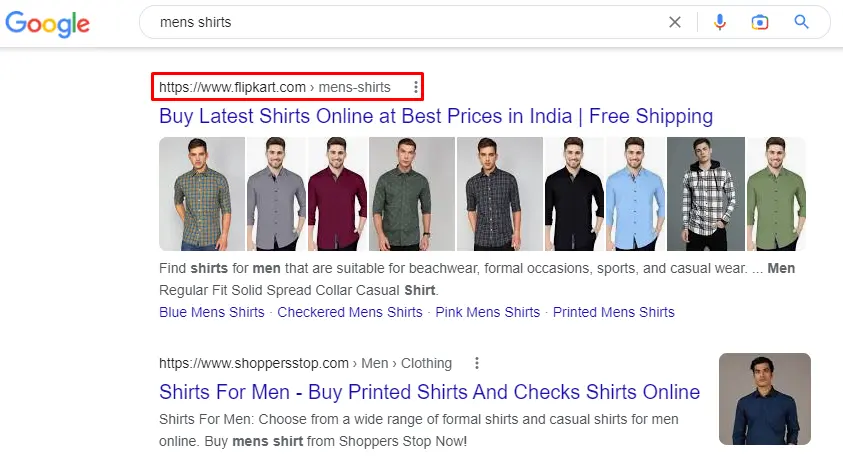The Importance of URL Structure in SEO
 26 December 2022
26 December 2022
 26 December 2022
26 December 2022
URLs are one of the most foundational yet critical components of SEO. Even today, many SEO professionals overlook it. A website's URL structure can help improve SEO by providing an excellent navigational experience. For data monitoring, it can also be tracked in Google Analytics or Adobe Analytics.
In this blog post, we will go over the basics of URLs, such as what a URL is. How a URL looks like? What is the URL structure and why is it important in SEO?

URL is an abbreviation for "Uniform Resource Locator" and is used to identify the address of particular documents or other resources on the internet. URLs are made up of several parts, including "a protocol and a domain name." It instructs a browser on how and where to retrieve a resource.

This is an example of a URL that houses content related to Digital Marketing at the domain TEQTOP & the path /digital-marketing-services. Together, they form the following URL: https://www.teqtop.com/digital-marketing-services
URL structure is the anatomy of how a particular URL looks like. It usually begins with "http" or "https." In "https," S stands for the secured version of a website. It is recommended to use "https" for a variety of reasons, which you can read about here. Then comes www and the name of your domain, such as https://www.teqtop.com, followed by the directory or path where your content is stored, for example, https://www.teqtop.com/digital-marketing-services.
If you carefully examine the SERP results, you won’t see a URL that has improper structure. Either a search result with breadcrumbs or a proper URL structure is displayed.
Every search result has three main components that a user will see. They are:
We believe that first impressions are everything, and search engines such as Google take this very seriously. Based on these components, a user is likely to click on a search result.

Both humans and search engines will benefit from an ideal URL structure. This increases click-through rates while decreasing bounce rates. It shouldn’t include unnecessary parameters.
Backlinko reported in -its article "200+ Ranking Factor" that URLs play an important role in ranking a specific page. Although URLs cannot rank themselves, a keyword in the URL can improve the page's ranking, giving it more visibility. As a result, it is critical to creating URLs that describe the content rather than simply adding keywords at random.
A well-written and descriptive URL can be used as anchor text in blogs, social media, forums, and other places. A few websites provide completely unformatted links. These unusually long URLs appear unwieldy, incoherent, and unoptimized. They repel traffic rather than attract it because most semantically incorrect links do not appear trustworthy.
www.brandonbaseballcards.com/folder1/270715/ps/042527.html
www.brandonbaseballcards.com/blogs/top-ten-baseball-cards.html
The first link appears to be an endless string of numbers that make no sense. The second link is as obvious as day, and users know where it will take them.
It is critical to understand how a website's landing pages are performing. Assume the site you're monitoring has thousands of landing pages. A clean URL structure makes it easier to determine which pages are receiving the most traffic. By looking at the landing page, you can tell which pages of the website have performed well.
Make URLs that are simple to remember, relevant, compelling, and accurate to the content. A short URL with keywords embedded is always a good idea. By simply looking at the URLs, users and search engines should be able to determine what to expect.
Making a URL structure SEO-friendly is the best way to keep it clean. SEO-friendly URL structure demands following a specific structure that could vary depending upon the type of website. E.g.,
https://www.domain.com/blog-name. If your blog has multiple categories, then it can be changed to: https://www.domain.com/category/blog-name.
https://www.domain.com/department/category/sub-category/product
where; dept = mens, womens, boy, girls, kids; category = top-wear ; sub-category = t-shirts ; product = black t-shirt
The competition for the top spot on Search Engine Results Pages (SERPs) is higher than ever. Businesses heavily invest in Digital Marketing services, particularly SEO services, because the cost per lead is lower than that of paid or other channels. As a result, while you are taking care of every technical aspect of a website, don't forget to consider the URL structure.
To conclude, we at TEQTOP think that a website needs to have distinct URL structure that is concise and simple. No user likes to memorize URLs which have multiple words and numbers embedded in them. We have discussed all the most important topics related to a URL structure and we think that our content can help you learn and understand more about the topic. If you are looking for a Web Development Services team, we can be your best friends.